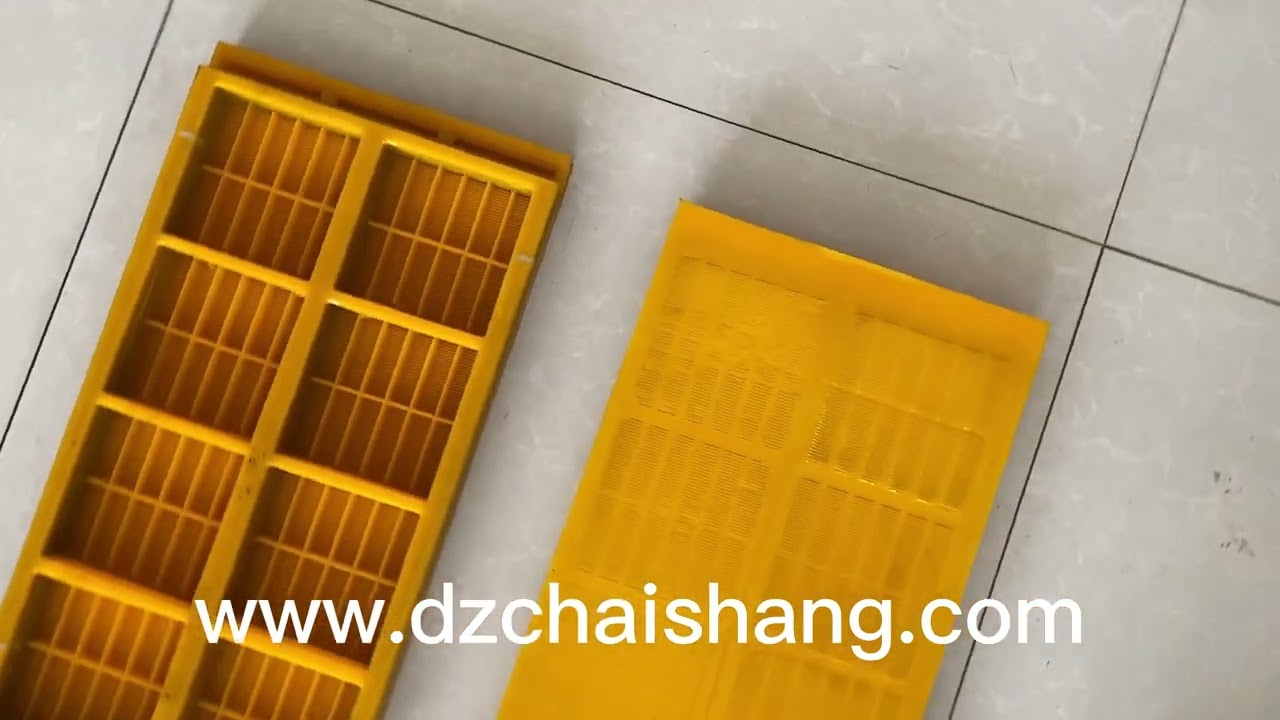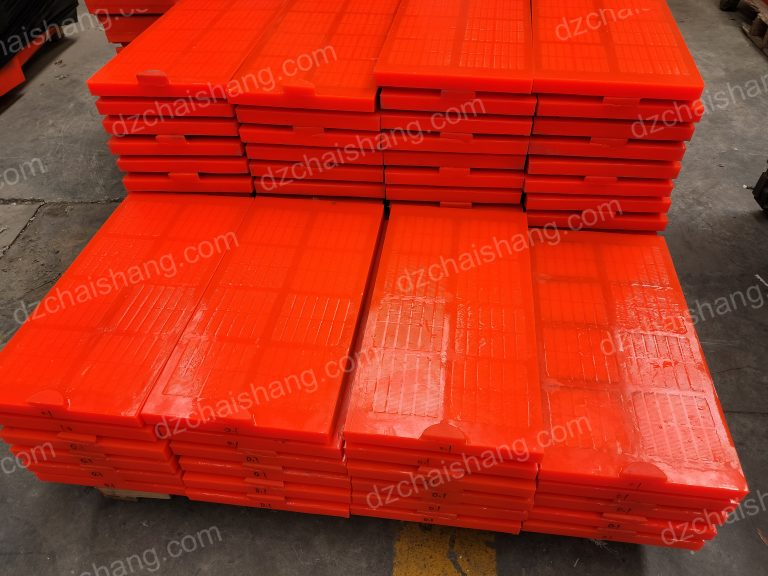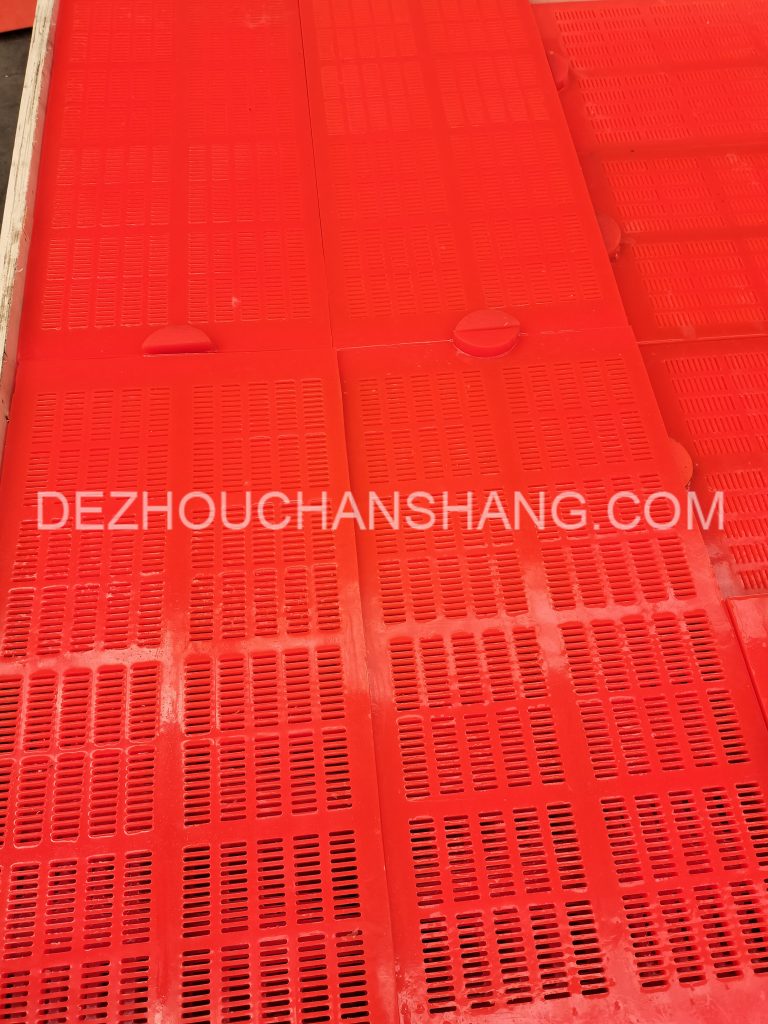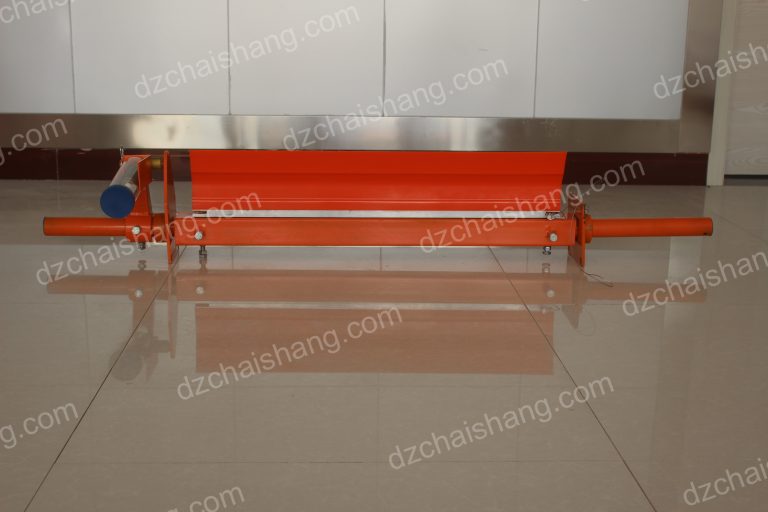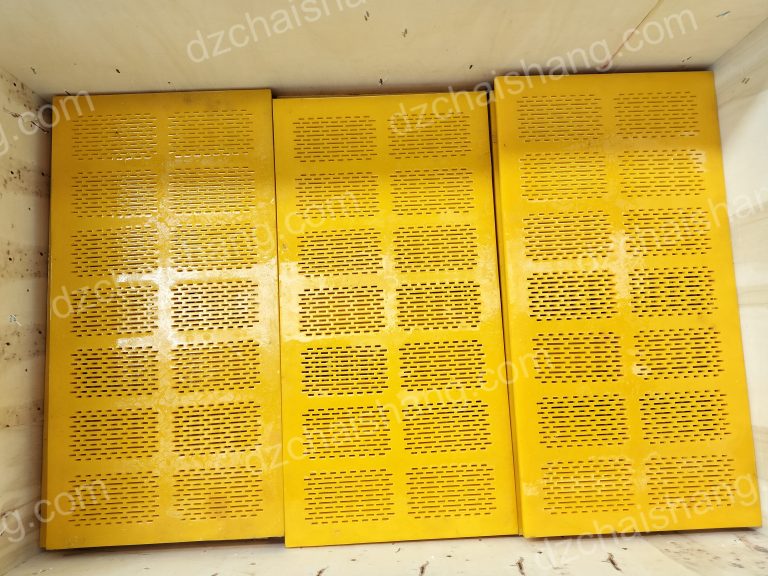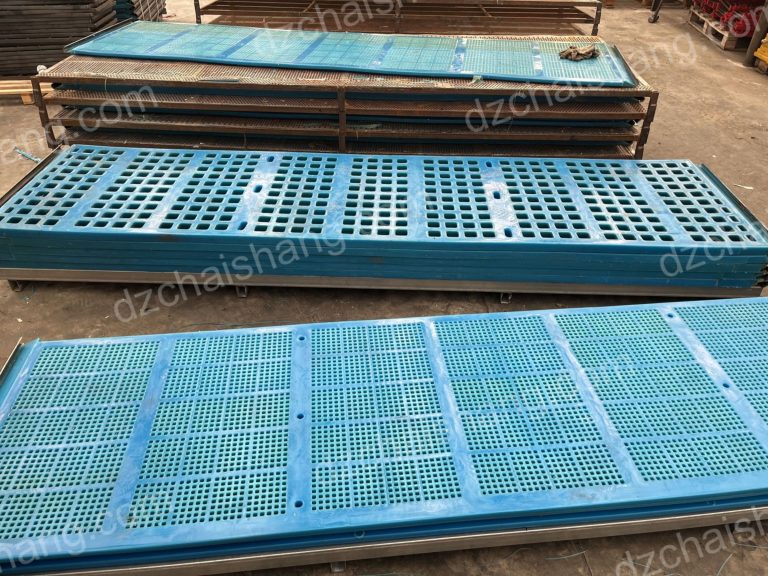vibrating screens,vibrating sieve screen,polyurethane screen
Understanding the Functionality and Uses of Vibrating screens Vibrating screens, also known as vibrating sieve screens or polyurethane screens, are essential pieces…
Understanding the Functionality and Uses of Vibrating screens
Vibrating screens, also known as vibrating sieve screens or polyurethane screens, are essential pieces of equipment in various industries, particularly in the mining and mineral processing sector. These devices play a crucial role in the separation and classification of materials, enabling businesses to streamline their operations and enhance productivity. This article aims to provide a comprehensive understanding of the functionality and uses of vibrating screens. Vibrating screens operate on the principle of motion, specifically the motion of particles in a body due to vibration. The screen contains a set of different sized screens, or meshes, which vibrate independently of each other. The vibration causes the particles to move across the screen and separate into different layers based on their size. The larger particles stay on top, while the smaller ones pass through the meshes and are collected separately. This process is known as stratification. The primary function of a vibrating screen is to separate and grade materials based on size. However, they can also be used for dewatering, desliming, and medium recovery. In the mining industry, for instance, vibrating screens are used to separate and recover valuable minerals from crushed ores. In the food industry, they are used to separate different sizes of food particles. In the construction industry, they are used to separate and grade different sizes of sand, gravel, and crushed stone.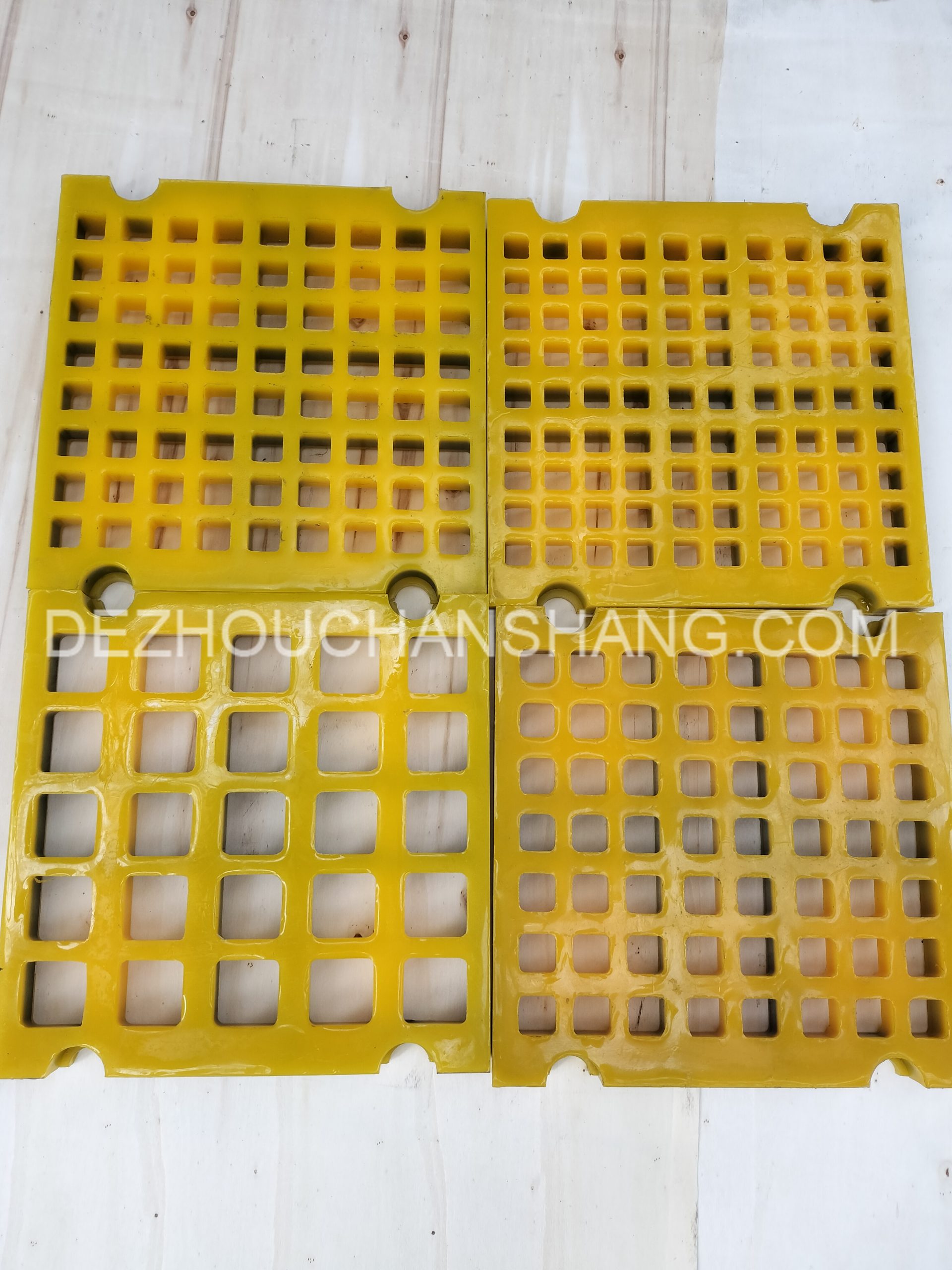 The effectiveness of a vibrating screen is determined by several factors, including the amplitude, frequency, and angle of vibration, the size and shape of the particles, and the moisture content of the material. The amplitude and frequency of vibration determine the speed and direction of particle movement. The angle of vibration affects the direction of particle flow and the rate of particle passage through the screen. The size and shape of the particles influence their ability to pass through the screen, while the moisture content affects the adhesion of particles to the screen.
Polyurethane screens, a type of vibrating screen, are particularly popular due to their durability and efficiency. They are made from polyurethane, a material known for its excellent abrasion resistance and long service life. Polyurethane screens are also flexible, which allows them to absorb impact and resist damage. Moreover, they offer high screening efficiency and are capable of handling heavy loads, making them suitable for use in demanding applications.
In conclusion, vibrating screens, including vibrating sieve screens and polyurethane screens, are indispensable tools in various industries. They facilitate the separation and grading of materials, thereby improving operational efficiency and productivity. Their functionality is influenced by several factors, including the amplitude, frequency, and angle of vibration, the size and shape of the particles, and the moisture content of the material. Polyurethane screens, in particular, are favored for their durability, flexibility, and high screening efficiency. As technology continues to advance, we can expect to see further improvements in the design and performance of vibrating screens, making them even more valuable in industrial applications.
The effectiveness of a vibrating screen is determined by several factors, including the amplitude, frequency, and angle of vibration, the size and shape of the particles, and the moisture content of the material. The amplitude and frequency of vibration determine the speed and direction of particle movement. The angle of vibration affects the direction of particle flow and the rate of particle passage through the screen. The size and shape of the particles influence their ability to pass through the screen, while the moisture content affects the adhesion of particles to the screen.
Polyurethane screens, a type of vibrating screen, are particularly popular due to their durability and efficiency. They are made from polyurethane, a material known for its excellent abrasion resistance and long service life. Polyurethane screens are also flexible, which allows them to absorb impact and resist damage. Moreover, they offer high screening efficiency and are capable of handling heavy loads, making them suitable for use in demanding applications.
In conclusion, vibrating screens, including vibrating sieve screens and polyurethane screens, are indispensable tools in various industries. They facilitate the separation and grading of materials, thereby improving operational efficiency and productivity. Their functionality is influenced by several factors, including the amplitude, frequency, and angle of vibration, the size and shape of the particles, and the moisture content of the material. Polyurethane screens, in particular, are favored for their durability, flexibility, and high screening efficiency. As technology continues to advance, we can expect to see further improvements in the design and performance of vibrating screens, making them even more valuable in industrial applications.

